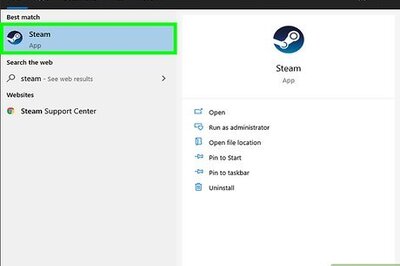
views
The National Pension System (NPS), a government-sponsored pension scheme, which was launched in January 2004 for government employees only. It was later opened to all sections in 2009. In December 2011, the government also included corporate employees, including state-owned companies, under the system.
What is National Pension System?
The NPS is a pension-cum-investment scheme launched by the Government of India to provide old-age security to citizens of India. It brings an attractive long-term saving avenue to effectively plan your retirement through safe and regulated market-based returns.
What is Corporate NPS?
The NPS Corporate Sector Model is the customised version of core NPS to suit various organisations and their employees to adopt NPS as an organised entity within the purview of their employer-employee relationship. This would facilitate corporate entities and other registered bodies to move their existing and prospective employees to NPS architecture.
This is an additional avenue for retirement planning being made available to the organised sector and does not dilute their responsibilities under other statutory provisions like provident fund etc. Corporate sector has been formally launched from December 2011. Corporate may join NPS through any one of the existing POPs (points of presence).
Contribution Requirement
Under the NPS, there are two types of accounts — Tier 1 and Tier 2. Tier 1 account is mainly meant for retirement savings where one has to make a minimum contribution of Rs 500 while opening the account. It also entails tax benefits under Section 80CCD (1B) of the Income Tax Act, 1961.
NPS Tier 2 is an open-access account. It requires a minimum investment of Rs 1,000, where the subscriber is free to withdraw his/ her entire corpus at any point in time. No tax benefits are available in this account.
The Risk Rating System
Recently, the Pension Fund Regulatory and Development Authority of India (PFRDA) rules have made it mandatory for fund managers to outline six levels of risk for NPS schemes — Low Risk, Low to Moderate Risk, Moderate Risk, Moderately High Risk, High Risk, and Very High Risk.
“Schemes of the National Pension System (NPS) are becoming an important asset for investment for long-term saving of the individuals and help in creating a desired corpus for pension, if invested in an informed manner. The investment under various asset classes of the Schemes of Pension Funds would involve different level of risks for subscribers and, therefore, it is desired that the adequate disclosure of the risks involved in various schemes of NPS are made available for awareness of the subscribers,” the PFRDA has said in the circular.
There are four asset classes under the NPS — equity (E), corporate debt (C), government bonds (G) and alternative investment (scheme A). Schemes under each of the classes has two tiers. In the NPS, there are multiple pension fund managers and investment options. The subscriber first selects the fund manager, and then he/she has an option to select any one of the investment options.
Read all the Latest Business News and Breaking News here




















Comments
0 comment